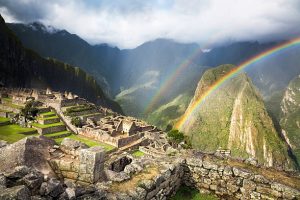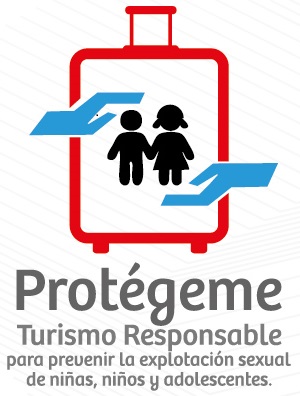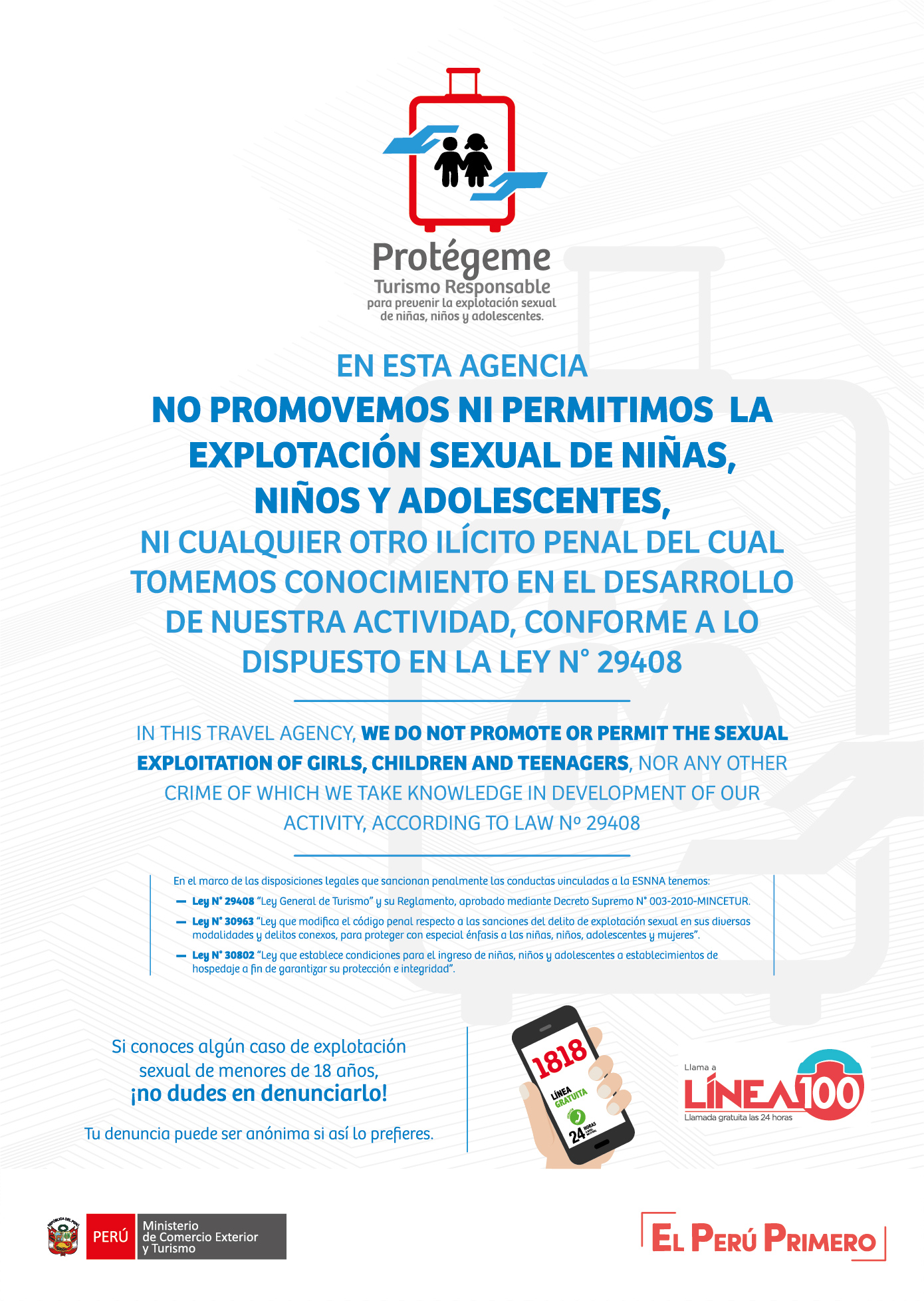To enter Peru, most of the countries of America and Western Europe do not need a tourist visa, they only need to have a passport with a minimum validity of six months from the date of entry into Peruvian territory. In the case of citizens of Argentina, Brazil, Paraguay, Uruguay, Ecuador, Colombia, Bolivia and Chile, they can enter with their national identification card.
The maximum length of stay in Peru as a tourist is 183 days. To find out if you need a visa to enter Peru, you can consult the corresponding embassies and consulates or visit this official link of the Peruvian government.

Passport. Photo by FreshSplash
It is not mandatory to have vaccinations to enter Peru, but it is recommended to have vaccinations against yellow fever, malaria (if traveling to the Amazon), hepatitis A, hepatitis B, typhoid, Covid-19, and others routine vaccines.

Yellow fever vaccine. Photo by brightstars
When it comes to climate, Peru is a country of varied subtropical and tropical climates, due to the existence of the Andes Mountains and the Humboldt and El Niño ocean currents. So there is no perfect travel season for everyone, it will depend on what each traveler wants to experience.
In the case of Lima, it is a city that can be visited all year round, but the best time is from the end of September to the end of March, being able to enjoy the spring and summer of Lima.
In general, it is recommended to visit Peru during the months of March to May or from September to November, since there will not be many tourists as in other months, the temperatures are more temperate, although the rains are still present in some parts of the Amazon, north coast, and highlands of Peru.
If you do not want to encounter the incessant rains during your visit to Cusco and the Peruvian jungle, it is recommended to travel during the months of May and October.
Take into account that the high season of tourism in Peru goes from June to August, in which the country receives the largest number of tourists of the year. While from December to March is the low season, which can be used to access good travel deals and enjoy the tourist attractions with greater peace of mind.

Rainbow in Machu Picchu. Photo by nicolamargaret
The official currency of Peru is the sol or soles (plural). Currently in circulation in the country are coins of 10 cents, 20 cents, 50 cents, 1 sol, 2 soles and 5 soles; and bills of 10, 20, 50, 100 and 200 soles.
It is important to familiarize yourself with the currency of the country you are visiting, since this way you will avoid being cheated and you will use your money responsibly. For this reason, we tell you that most establishments are wary of accepting 200 soles bills, since there are rumors that most of these bills are counterfeit. To avoid inconveniences it is better not to accept or use them.
If you bring with you cash in your national currency, we recommend you to change in official and formal exchange houses, to avoid falling into scams and lower payment for the change. The exchange houses located inside the airport sometimes pay less for the exchange rate, so it is advisable to change only what is necessary in case you need to pay something, and when you settle in your hotel you can go to an authorized exchange house in the area.
Currently 1 dollar is equivalent to 3,671 soles, but this is variable, although in recent months the Peruvian currency has achieved a certain stability against the U.S. dollar. We recommend that you check the updated exchange rate on the official SBS website https://www.sbs.gob.pe
Almost all establishments, such as restaurants, bars, hotels, travel agencies, stores, among others, located in tourist areas, accept payments with national and international credit or debit cards. Some of these establishments even accept payments in dollars in cash.
Some small stores also accept card payments, but those farther away from the tourist areas or towns near them usually only accept cash payments in soles, so it is always good to have soles on hand to buy handicrafts, give tips, shop in small bodegas, etc.

Peruvian currency. Photo by yuriz
Countless paths to travel and magical places to discover. Do not miss the news we have for you about our trips and destinations. 😉




